INDIAN ARMED FORCES CHIEFS ON OUR RELENTLESS AND FOCUSED PUBLISHING EFFORTS

The insightful articles, inspiring narrations and analytical perspectives presented by the Editorial Team, establish an alluring connect with the reader. My compliments and best wishes to SP Guide Publications.

"Over the past 60 years, the growth of SP Guide Publications has mirrored the rising stature of Indian Navy. Its well-researched and informative magazines on Defence and Aerospace sector have served to shape an educated opinion of our military personnel, policy makers and the public alike. I wish SP's Publication team continued success, fair winds and following seas in all future endeavour!"

Since, its inception in 1964, SP Guide Publications has consistently demonstrated commitment to high-quality journalism in the aerospace and defence sectors, earning a well-deserved reputation as Asia's largest media house in this domain. I wish SP Guide Publications continued success in its pursuit of excellence.
Indigenous Next Generation Corvettes – and more
The DAC accorded AoN for procurement of the Next Generation Corvettes (NGCs) to be built at an estimated cost of 36,000 crore by an Indian shipyard and constructed based on new in-house design of the Indian Navy using latest technology of ship building
 |
The Author is Former Director General of Information Systems and A Special Forces Veteran, Indian Army |
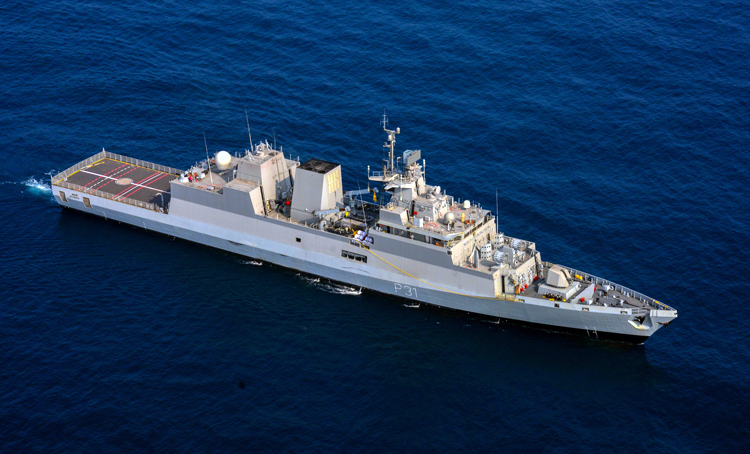
On June 6, 2022, the Ministry of Defence (MoD) took another step in keeping with Prime Minister Narendra Modi’s dictum for Atmanirbharta. The Defence Acquisition Council (DAC) headed by Defence Minister Rajnath Singh gave the clearance to capital acquisition proposals of the Armed Forces amounting to 76,390 crore in ‘Buy (Indian)’, ‘Buy & Make (Indian)’ and ‘Buy (Indian-IDDM)’ categories. This step will provide a substantial boost for the indigenous defence industry and reduce foreign spending significantly in the long run.
The Fuel Cell based Air Independent Propulsion (AIP) System of the DRDO will soon be ready to be fitted on board INS Kalvari
For the Indian Army (IA), the DAC accorded fresh Acceptance of Necessity (AoNs) for procurement of the following through domestic sources with emphasis on indigenous design and development:
- Wheeled Armoured Fighting Vehicles (AFVs) with Anti-Tank Guided Missiles (ATGMs) and Weapon Location Radars (WLRs);
- Bridge Laying Tanks (BLTs), and;
- Rough Terrain Fork Lift Trucks (RTFLTs).
For the Indian Navy (IN), the DAC accorded AoN for procurement of the Next Generation Corvettes (NGCs), designed for anti-surface and anti-submarine warfare as well as anti-missile defence operations, to be built at an estimated cost of 36,000 crore by an Indian shipyard picked through competitive bidding. These NGCs will be constructed based on new in-house design of the Indian Navy using latest technology of ship building. They will be versatile platforms enabling their employment on multiple tasks like surveillance missions, escort operations, deterrence, Surface Action Group (SAG) operations, search and attack missions and coastal defence. They would also contribute towards furthering the Government’s initiative of Security and Growth for All in the Region (SAGAR).
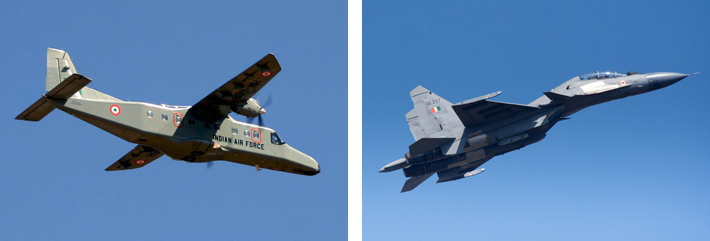
For the Indian Air Force (IAF), the DAC accorded AoNs for manufacture of Dornier Aircraft and Su-30 MKI aero-engines by Hindustan Aeronautics Limited (HAL) with focus on enhancing indigenisation, particularly indigenising aero-engines.
The DAC also approved the ‘Digital Coast Guard’ project under ‘Buy (Indian) Category, in pursuance of the government’s vision for digital transformation in defence. Under this project, a pan India secure network for digitising of various surface and aviation operations, logistics, finance and human relations (HR) processes in the Indian Coast Guard will be established.
On July 1, 2022, Mazagon Dock Shipbuilders Limited (MDL) successfully launched a Fuel Cell Electric Vessel prototype, FCEV MDL, the very first hydrogen boat prototype, conceptualized and developed by MDL
The AONs are only the very first step in defence procurement procedure; for AoNs, the projected requirement must be related to an operational situation foreseen as imminent or for a situation where a crisis can emerge without prior warning. But it is a good beginning, especially addressing our void in aero-engine technologies, plus building the NGCs which naturally would take many years.
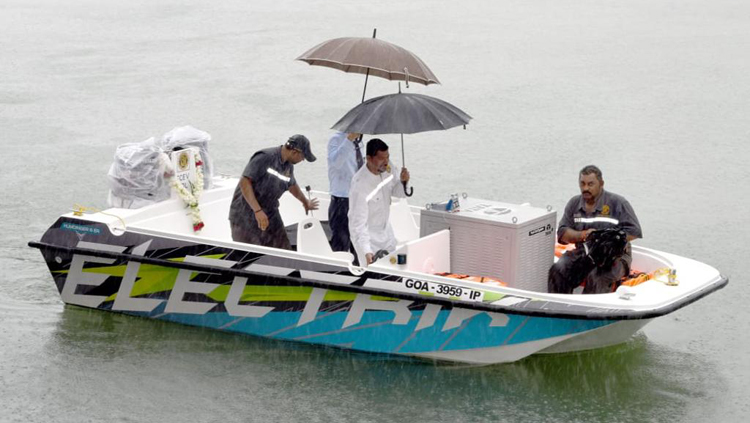
In another significant development Dr G. Satheesh Reddy, Secretary, Department of Defence R&D and Chairman DRDO, told media on June 30, 2022, that the Fuel Cell based Air Independent Propulsion (AIP) System of the DRDO will soon be ready to be fitted on board INS ‘Kalvari’. He said, “When the boat comes up for retrofitting in 2025, it will be fitted with the indigenous AIP which has been made in India by DRDO and Indian industry. Work is going on to develop a module which has to be fitted on the submarine when it comes. There are industry partners including Larsen & Toubro and Thermax, and the Naval Materials Research Laboratory (NMRL) of DRDO which has developed this.”
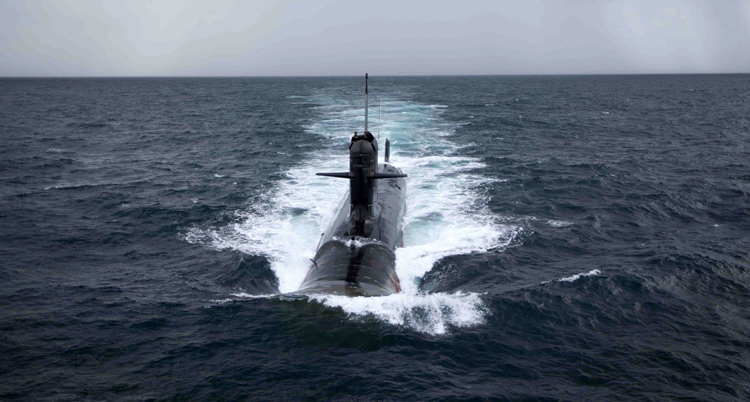
In 2021, in an official statement DRDO had said that the Fuel cell-based AIP has merits in performance as compared to other technologies because it uses oxygen and hydrogen which is used for generating electricity and there are no moving parts involved which means it makes the submarine not only quieter than a nuclear submarine but also ensures there is minimal waste. In a nuclear submarine the reactor of the vessel which is constantly pumping coolant to maintain temperatures of the engine makes a lot of noise. However, AIP equipped submarines remain silent, making them more deadly by enhancing the submerged endurance several fold.
All the submarines under Project 75 – Kalvari class will be fitted with the AIP system when they come up for their first upgrades starting 2025. The AIP System will make a significant contribution towards Atmanirbhar in Defence.
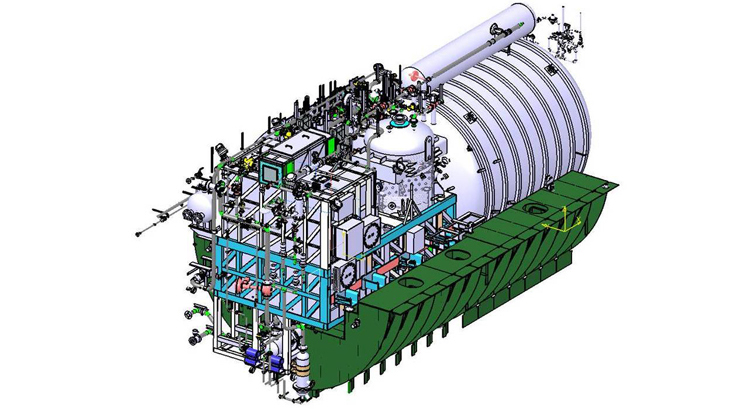
On July 1, 2022, Mazagon Dock Shipbuilders Limited (MDL) successfully launched a Fuel Cell Electric Vessel prototype, FCEV MDL. FCEV MDL is the very first hydrogen boat prototype which has been conceptualised and developed by MDL with Tata Advanced Systems Limited and Vijai Marine Services Private Limited as technology partners. MDL has taken up the challenge of developing Fuel Cell-based Electric Vessels in order to demonstrate that a pioneering spirit combined with innovation can pave the way towards a new energy revolution and so reduce fuel emission impact on the planet.
The nuclear capable Agni-IV surface-to-surface ballistic missile with a range of 4,000 km was flight tested by the Strategic Forces Command (SFC) for its entire range, as part of a night user trial in operational configuration
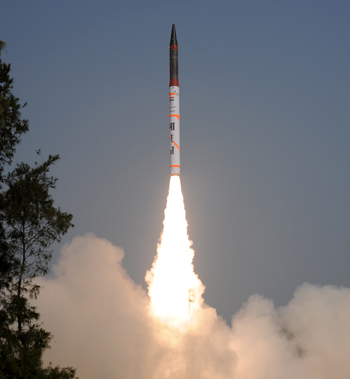
The FCEV MDL can accommodate six passengers. Fitted with a 6 KW Electric OBM, a 10.2 KWH Battery and Fuel Cell System, it can run for 22 Hours with compressed Hydrogen filled in PESO-approved Cylinders. The vessel uses a green hydrogen fuel cell system having zero toxic emission and very few moving parts with very low heat and acoustic signature.
On the same day that the DAC approved capital acquisition proposals of the Armed Forces amounting to 76,390 crore, India tested the nuclear capable Agni-IV missile. The surface-to-surface ballistic missile with arange of 4,000 km was flight tested by the Strategic Forces Command (SFC) for its entire range, as part of a night user trial in operational configuration. The arsenal of the SFC includes the Prithvi-II with range of 350 km, Agni-I with range of 700 km, Agni-II with a range of 2000 km, Agni-III with a range of 3,000 and Agni-IV missile units. Induction of the Agni-V intercontinental ballistic missile (ICBM) is in an advanced stage. The Agni-IV and Agni-V are both road mobile, can reach the northern most regions of China and are meant for deterrence.





